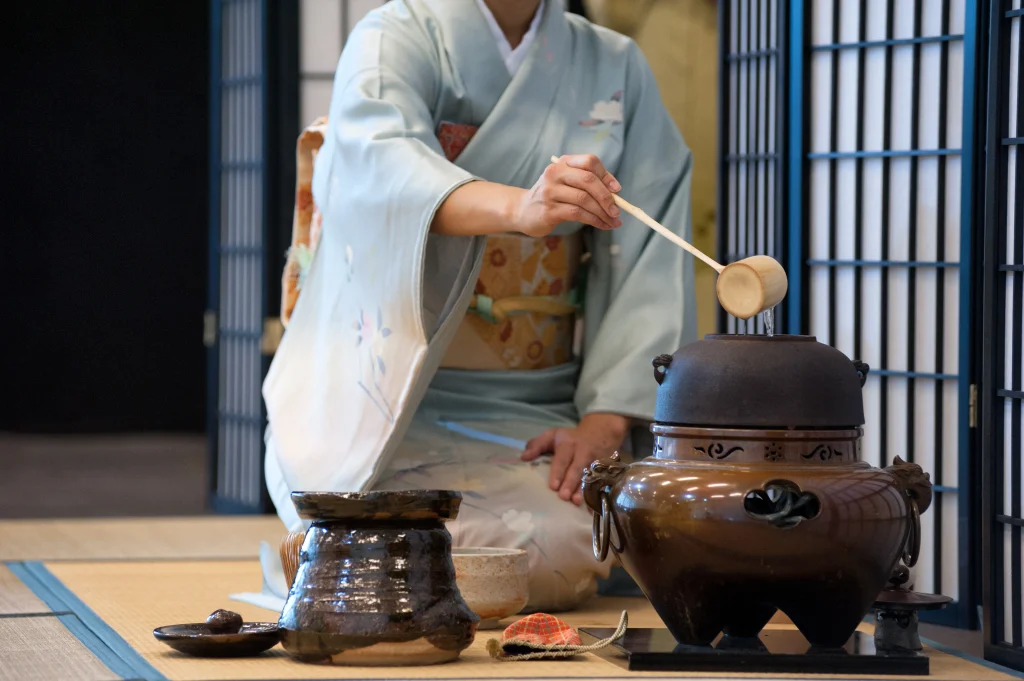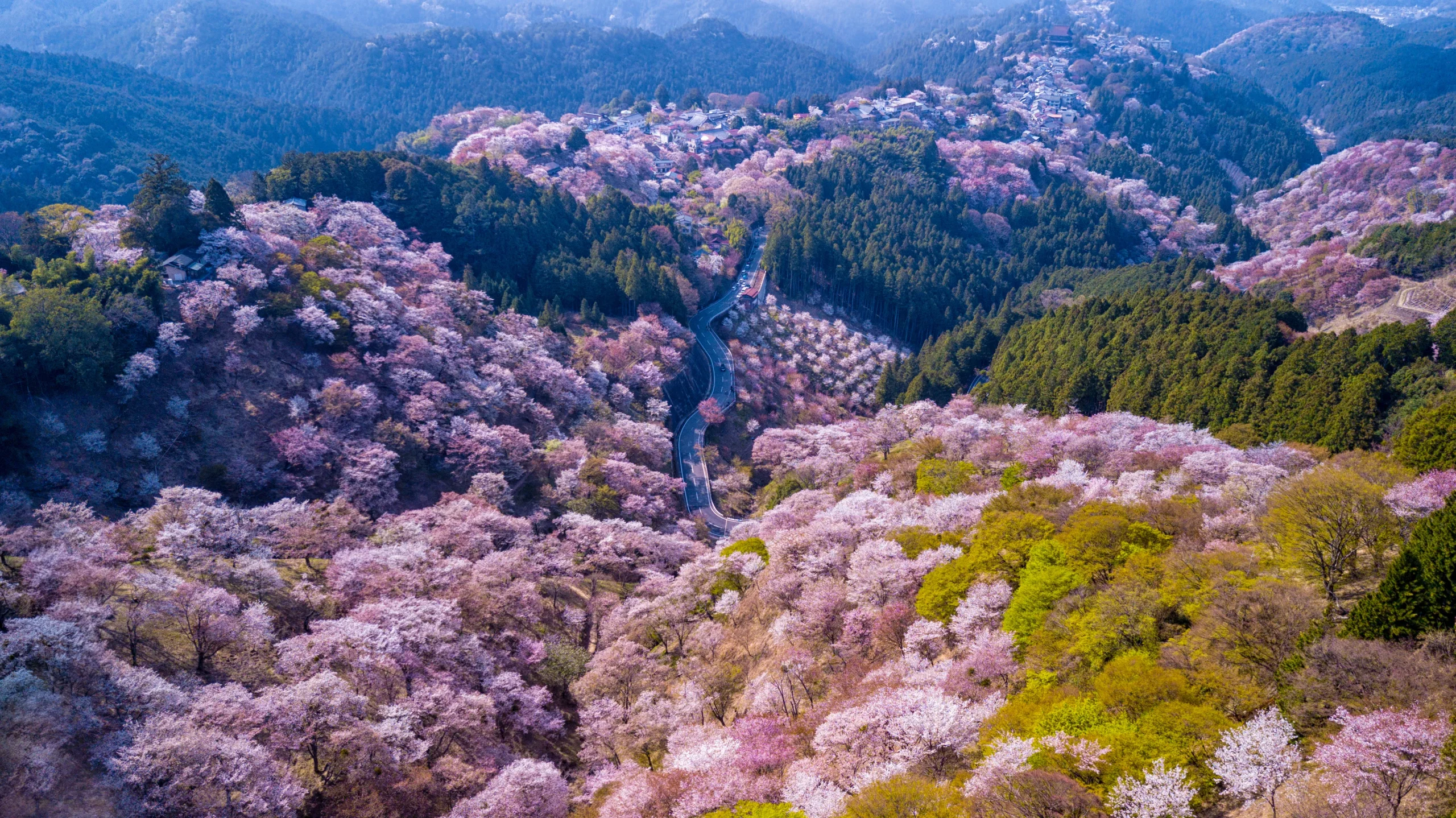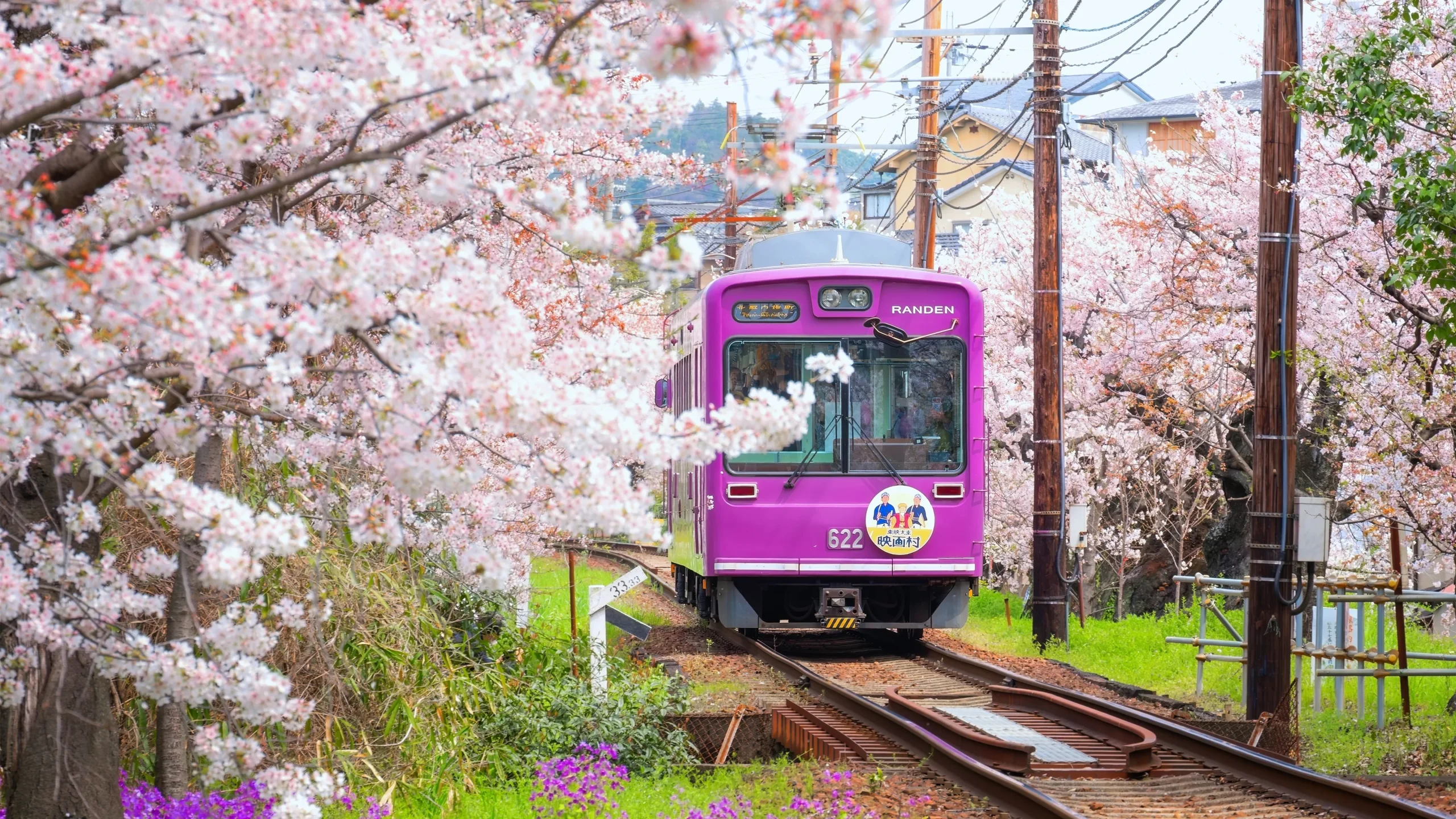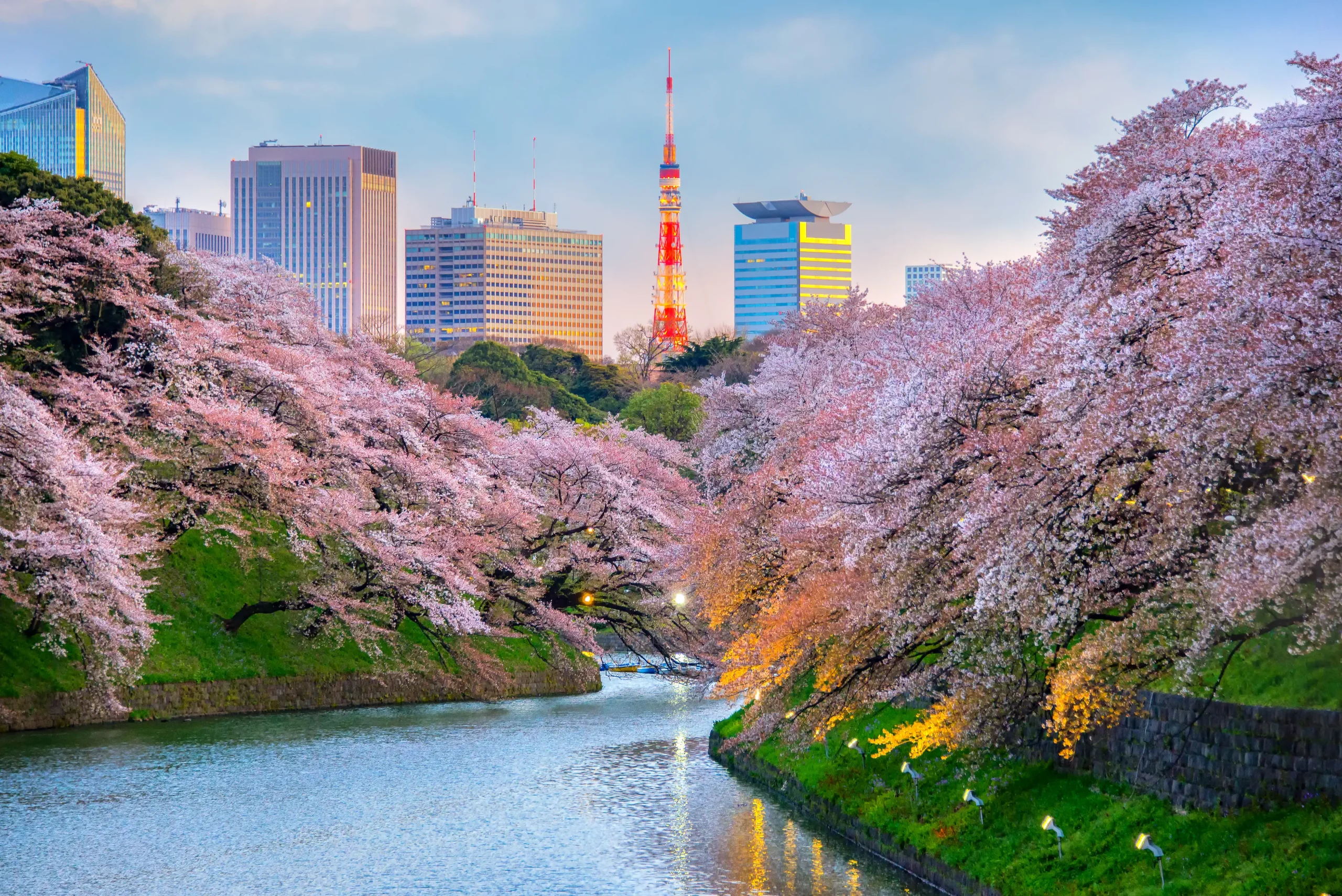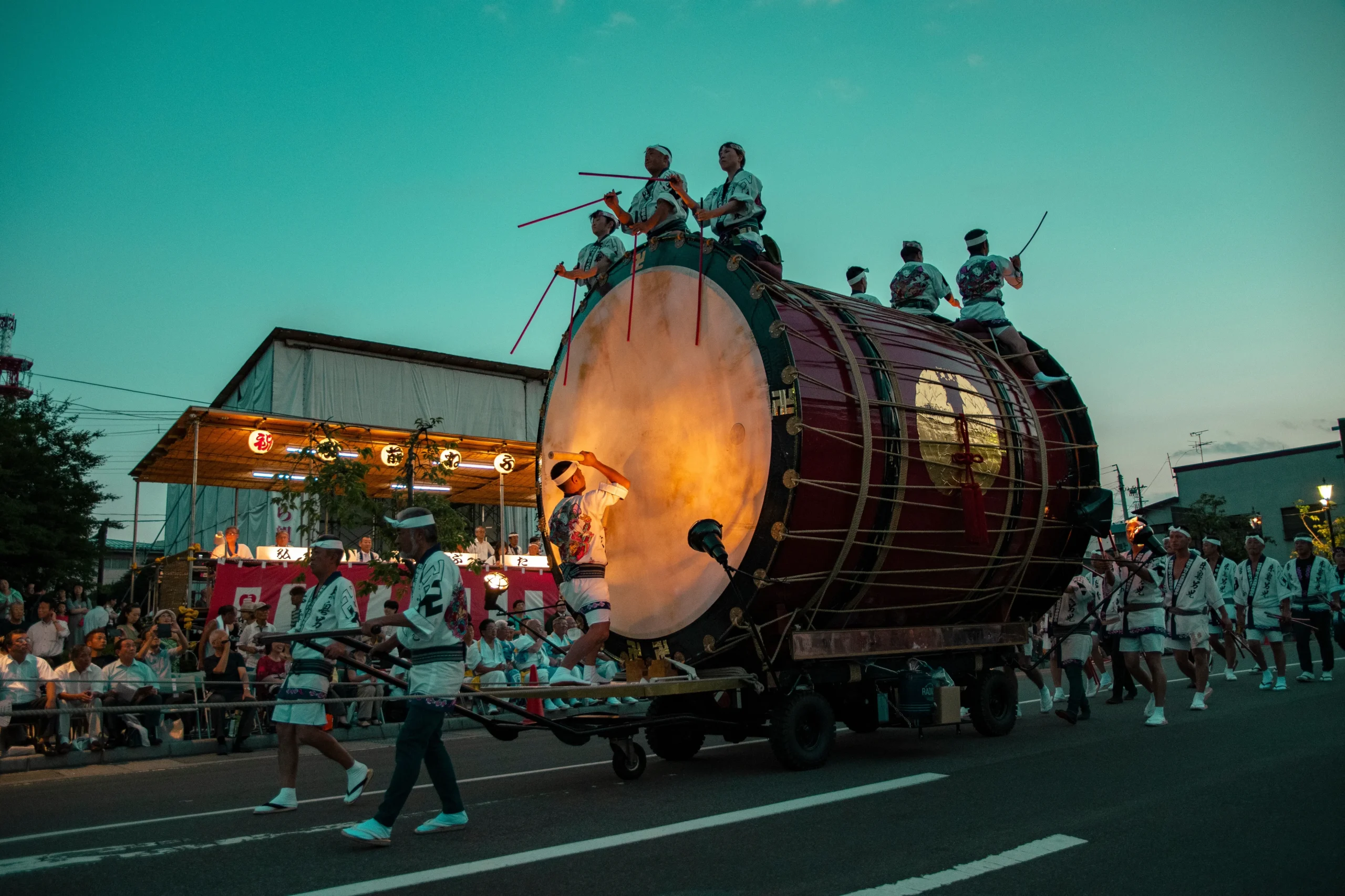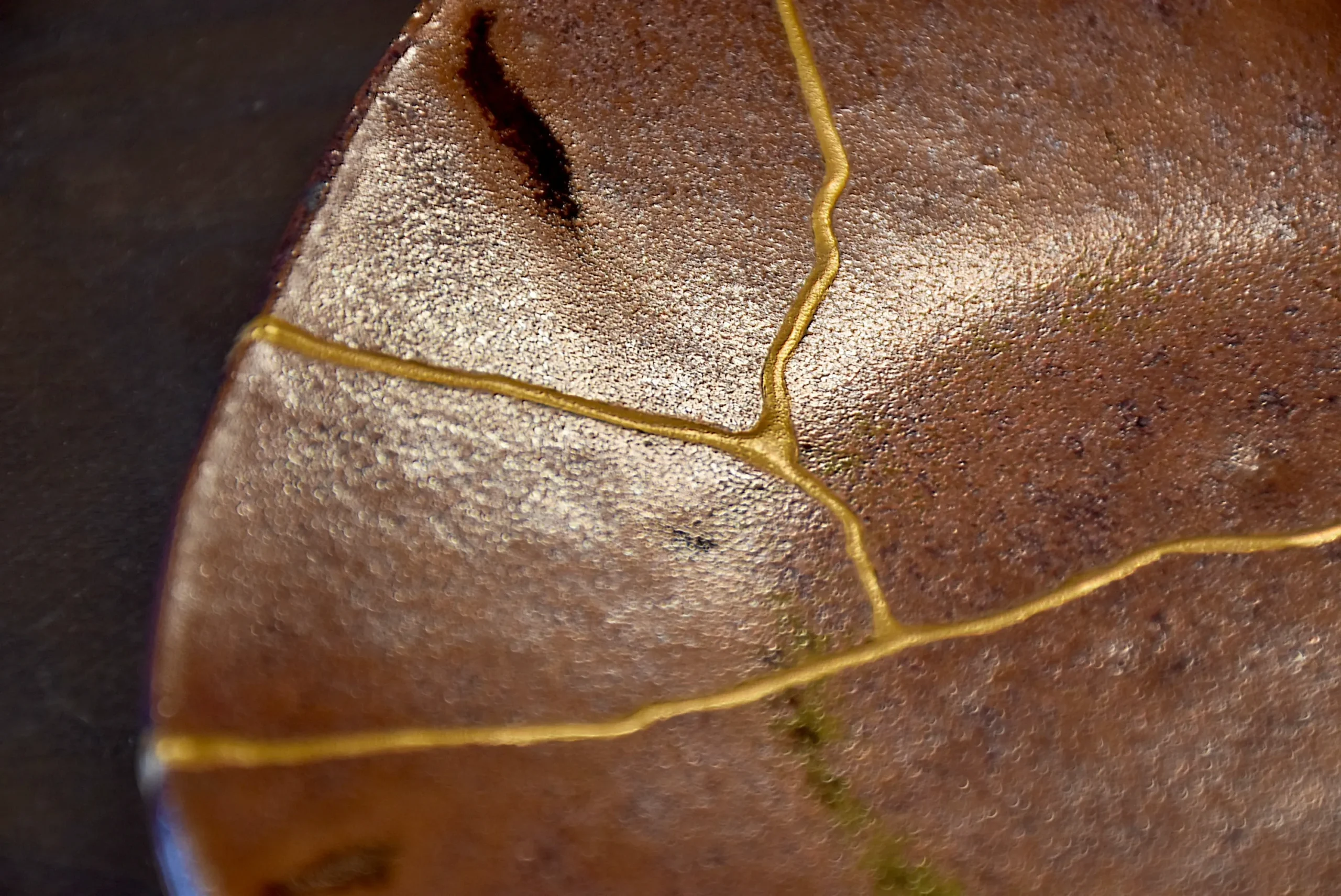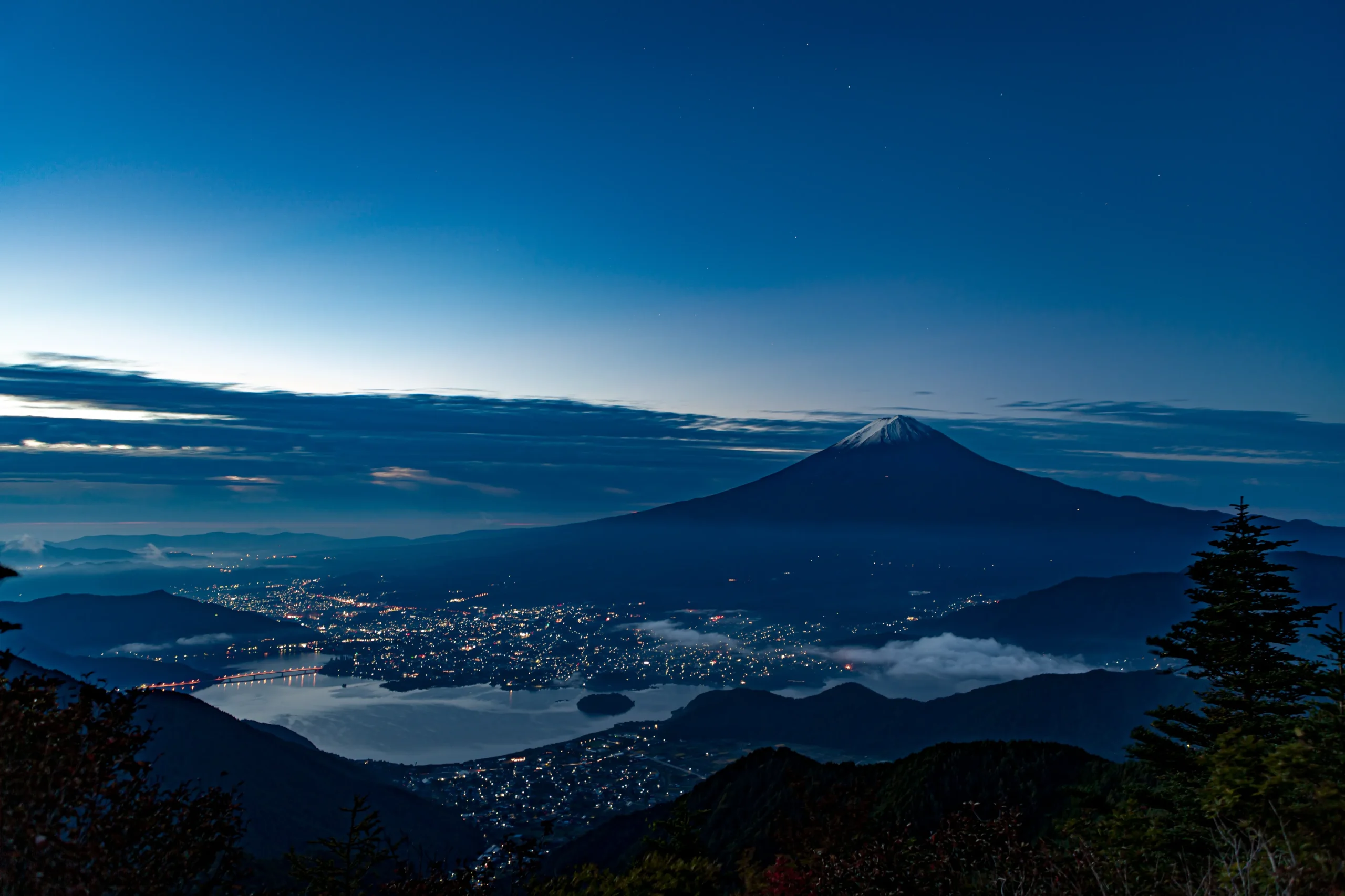Japan has long nurtured a culture of omotenashi (hospitality), refined over centuries. The tea ceremony is a symbol of this spirit. It’s not just about sipping tea—every movement, tool, space, and mindset holds deep meaning. This article offers a beginner-friendly guide to the world of tea ceremony—from its foundations and historical roots to how you can experience it and understand basic custom.
What Is the Japanese Tea Ceremony?
The tea ceremony is a traditional Japanese ritual where the host, called the teishu, prepares and serves matcha (powdered green tea) to guests. It’s not simply about drinking tea; it’s guided by the philosophy of ichigo ichie—the idea that every encounter in that moment and space is once-in-a-lifetime.
Seasonality plays a vital role in the tea ceremony. Everything—from the type of sweets to the scroll hanging in the tea room and the flowers on display—is chosen to reflect the season. For example, spring might feature cherry blossom-themed sweets, summer brings cool-looking tea utensils, and autumn may include scrolls that evoke colorful leaves. These seasonal details invite a connection to nature.
The quiet of the tea room, the beauty of the utensils, the scrolls’ messages, and the flower arrangements—all are in harmony, making the tea ceremony a form of total art. Each gesture and object carries meaning, embodying a refined sense of beauty and philosophy within calm, deliberate movement.
Tools Used in the Tea Ceremony
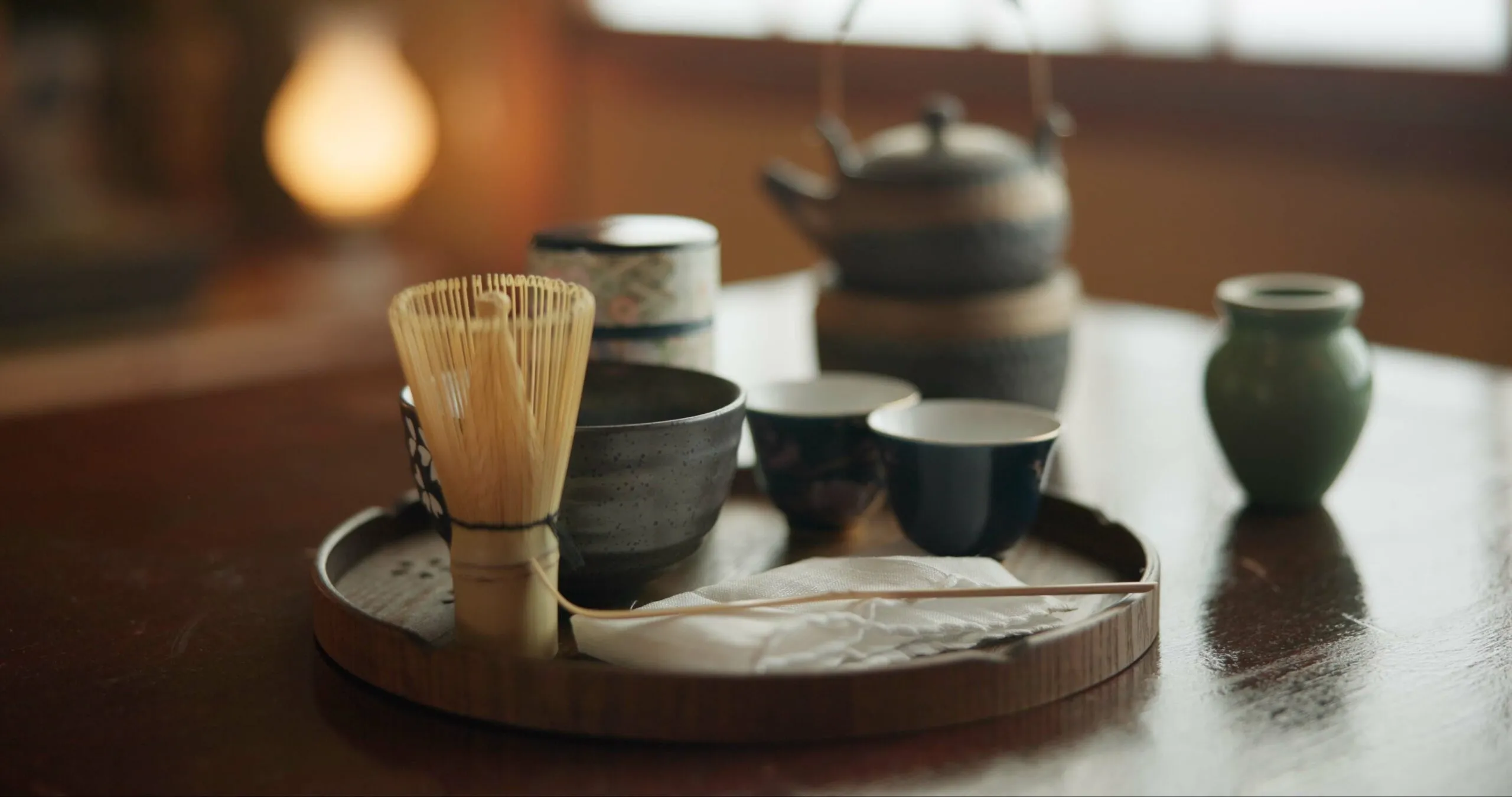
In the tea ceremony, every tool has its own symbolic significance. Here are some of the most commonly used ones:
- Chawan (tea bowl): A vessel for drinking matcha. Bowls are selected based on the season or occasion—lighter, cooler designs for summer, and heavier, warmer ones for winter. Each has its own charm.
- Chasen (bamboo whisk): A whisk made from bamboo used to prepare matcha. Its delicate, flexible bristles affect the texture and smoothness of the tea.
- Chashaku (tea scoop): A slender, spoon-like utensil used to scoop matcha powder. It’s often made from natural materials like bamboo or wood, and its elegant curves enhance its beauty.
- Natsume (tea caddy): A small container for holding matcha powder. Its rounded form and lacquered shine bring a graceful elegance to the tea gathering.
These tools carry meaning in their materials, shapes, and use. Handling them with care expresses respect and gratitude. Through these quiet gestures, guests sense the host’s intention, allowing for a profound exchange.
The History of the Japanese Tea Ceremony
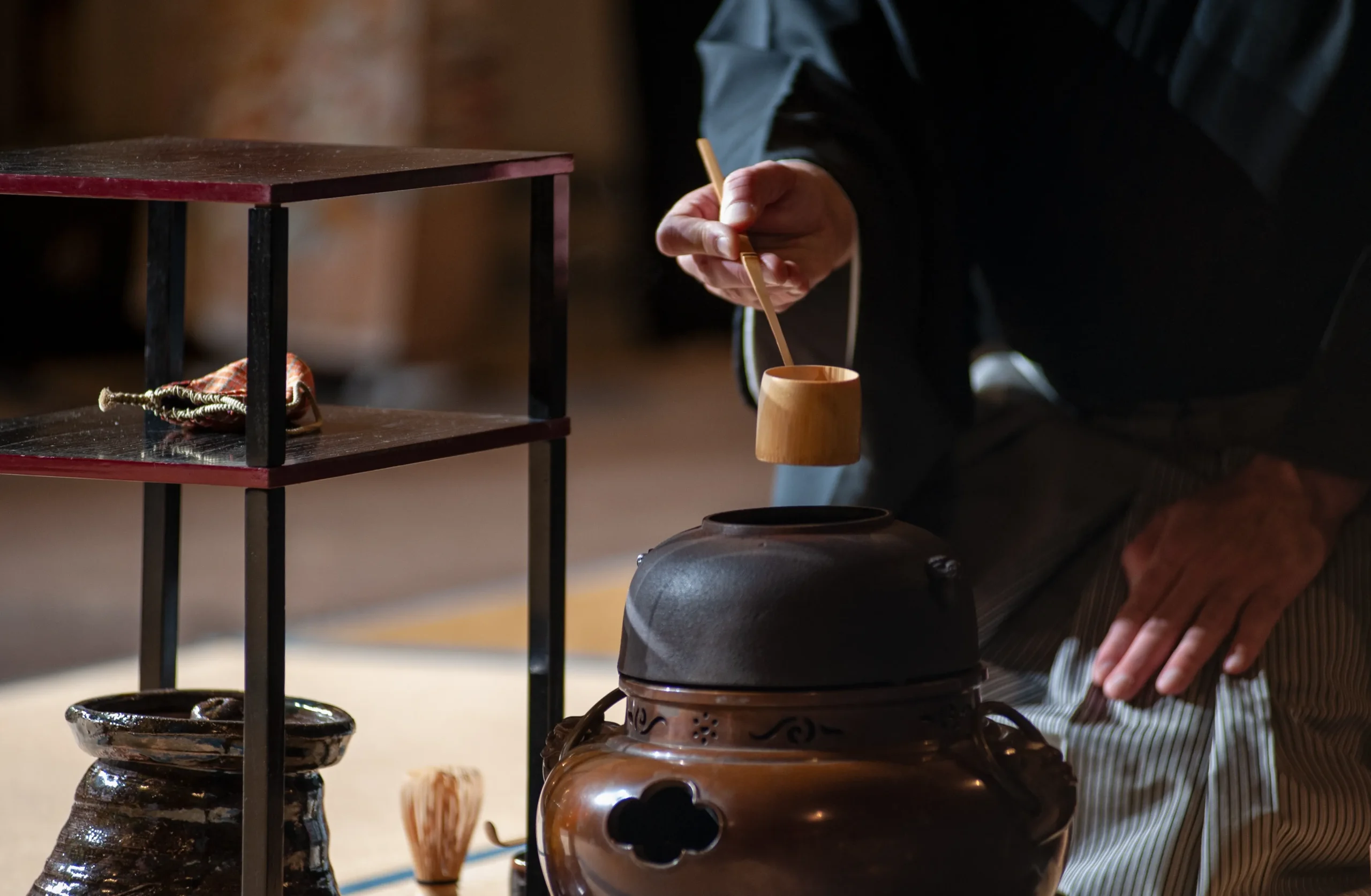
Tea was first introduced to Japan during the Kamakura period (1185–1333). The practice is believed to have begun when Eisai, a monk who founded the Rinzai school of Zen Buddhism, brought tea back from China. At first, tea was prized for its medicinal benefits and was mainly consumed by monks to stay awake during spiritual training. Later, Myōe Shōnin—credited with reviving the Kegon school of Buddhism—received tea seeds from Eisai and began cultivating them in Uji, Kyoto, laying the foundation of the famed Uji tea tradition.
During the Muromachi period, tea culture spread beyond the nobility to include warriors and townspeople. Informal gatherings called chayoriai and more structured tea meetings in designated tea rooms began to emerge, establishing the foundations of today’s tea ceremony.
In the subsequent Azuchi-Momoyama period, Japan developed its own unique matcha-based tea culture, and the tea ceremony became increasingly refined. This was also the era of Sen no Rikyū, the great master who perfected the Japanese tea ceremony. He established the wabi-cha style, which rejected extravagance in favor of quiet, understated beauty. Central to his philosophy was the concept of wabi-sabi—a uniquely Japanese aesthetic that finds grace and depth in simplicity and imperfection. This sensibility continues to resonate deeply in Japanese culture today.
Thus, the tea ceremony evolved over centuries—from a practical, medicinal drink to a spiritual and artistic form of omotenashi steeped in beauty and mindfulness. Even today, it continues to enchant both domestic and international visitors as a uniquely immersive expression of Japanese culture.
5 Steps of a Japanese Tea Ceremony
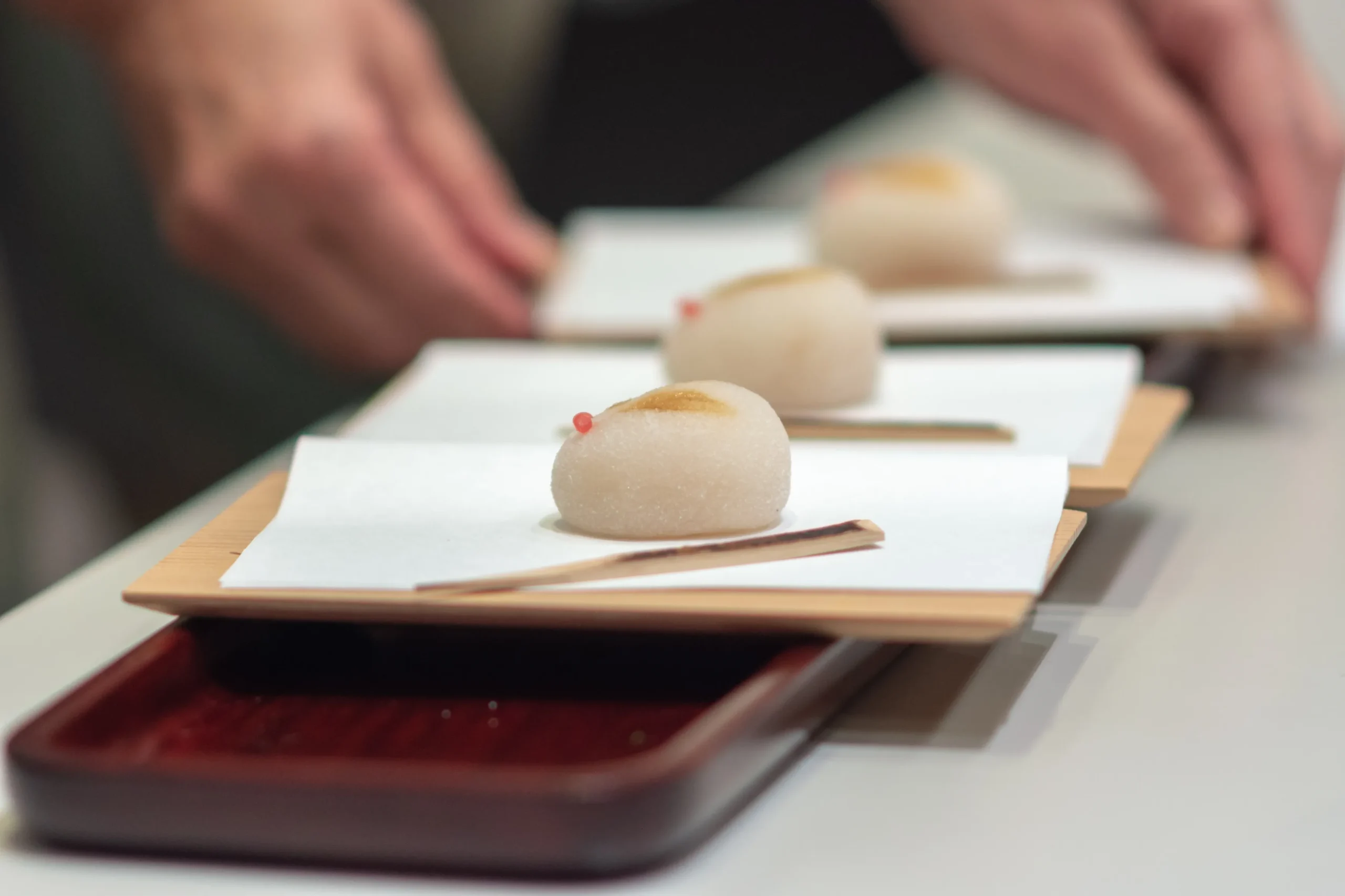
1.Preparing Before Entering the Tea Room
Before entering the tea room, please keep the following in mind.
- Avoid strong perfumes.
- Remove rings and watches.
- Turn off or silence your smartphone.
- Change into white socks, as the tea room is a sacred and clean space.
- Obtain permission in advance if you wish to take photos.
2.Entering the Tea Room & Greetings
- Wait in the designated waiting area (machiai).
- Wash your hands at the chōzubachi (stone basin).
- Enter through the small entrance of the tea room.
- Be careful not to step on the edges of the tatami mats or thresholds.
The order in which guests enter and where they sit follows a strict protocol—it reflects the Japanese spirit of hospitality.
Guests enter in the following order:
- Shōkyaku (main guest): The most honored guest leads the interaction with the host.
- Jikyaku and Sankyaku (second and third guests): General participants who support the shōkyaku.
- Makkyaku (last guest): Also known as tsume, sits near the entrance and may assist as needed.
All guests face the host, arranged in order from the shōkyaku onward. While experiences for tourists may simplify these rules, knowing the traditional seating order allows you to better appreciate the spirit of the tea ceremony.
3.How to Eat the Sweets
- Place the sweet on kaishi (a sheet of Japanese paper), bow, and enjoy.
- Take a moment to admire the sweet before eating.
- Bring the used kaishi home and dispose of it yourself.
4.How to Drink the Tea
- When the bowl is brought, say “osaki ni” (excuse me for going ahead).
- Bow and say “Otemae chōdai itashimasu” before drinking.
- Rotate the bowl 180° before drinking; a slurping sound on the last sip is acceptable.
- Wipe the rim, return the bowl, and take a moment to admire it.
5.After Finishing the Tea
- Comment on the tea or sweets to show appreciation.
- When the host leaves, say “Arigatō gozaimashita.”
Where to Experience the Tea Ceremony & How Long It Takes
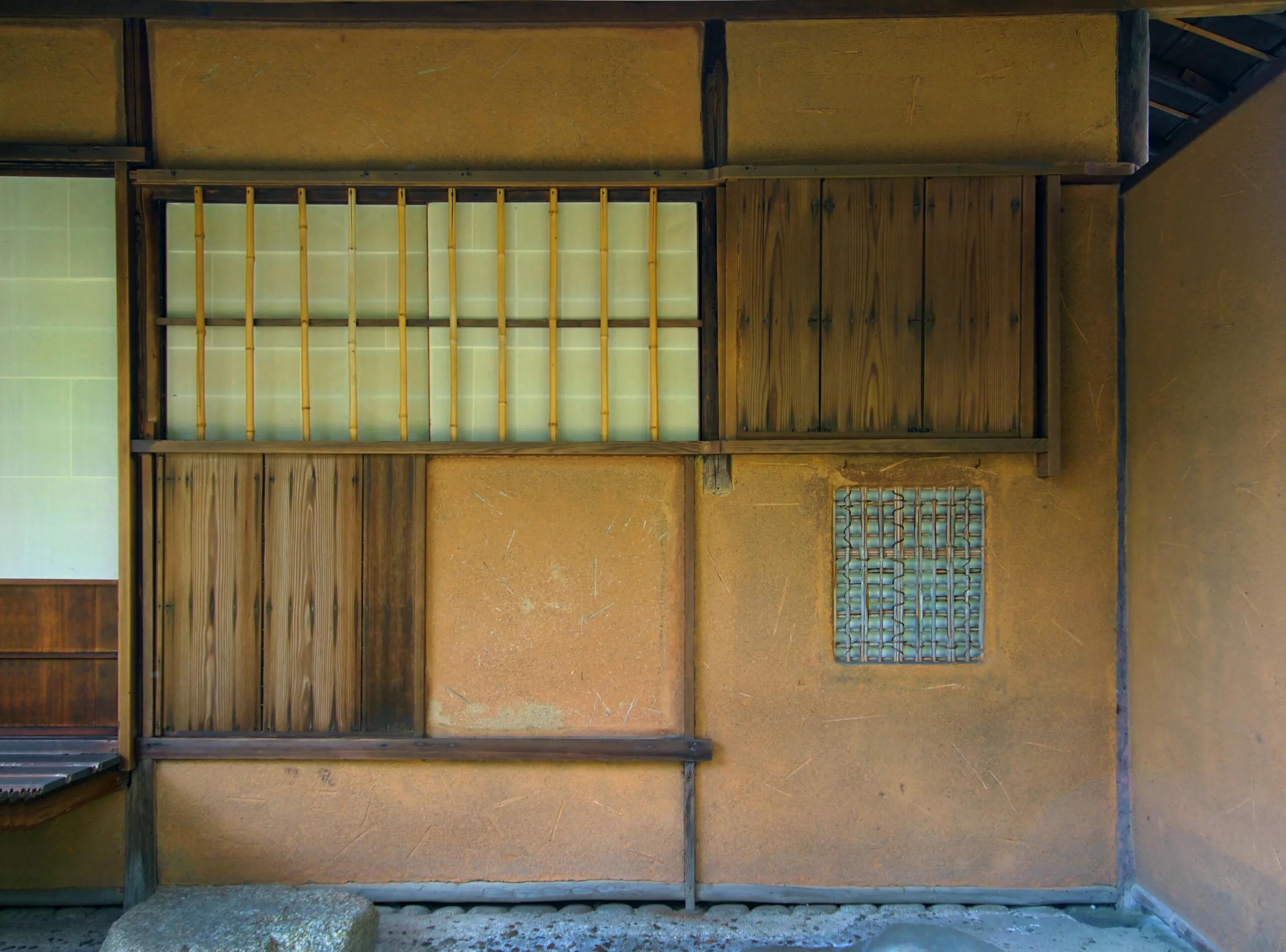
Tourists can experience tea ceremonies at schools, temples, hotels, cultural centers, and even airports. Many venues now offer explanations in English, Chinese, and other languages.
Options include:
- Simple Course: Around ¥2,000
Enjoy a quick session with matcha and a sweet—great for light experiences. - In-Depth Course: Around ¥5,000
Prepare your own tea and learn basic rules —ideal for deeper understanding. - Kimono + Tea Ceremony Course: From ¥10,000
Experience tea ceremony in kimono, often held in historical venues.
For a scenic experience, historical temples offer serene environments where sipping matcha while viewing a Japanese garden fosters peace and reflection.
Conclusion
The tea ceremony embodies the philosophy of ichigo ichie—that every meeting is once-in-a-lifetime. Deep care goes into every detail, from the tools to each movement. Guests are encouraged to receive the moment with gratitude. Though quiet and formal, the tea ceremony is filled with emotional sensitivity and respect. If you tune in to the subtle sense of presence and silence, your experience will become more memorable and meaningful. When visiting Japan, don’t miss the chance to experience this timeless tradition—it may become the most peaceful part of your journey.
